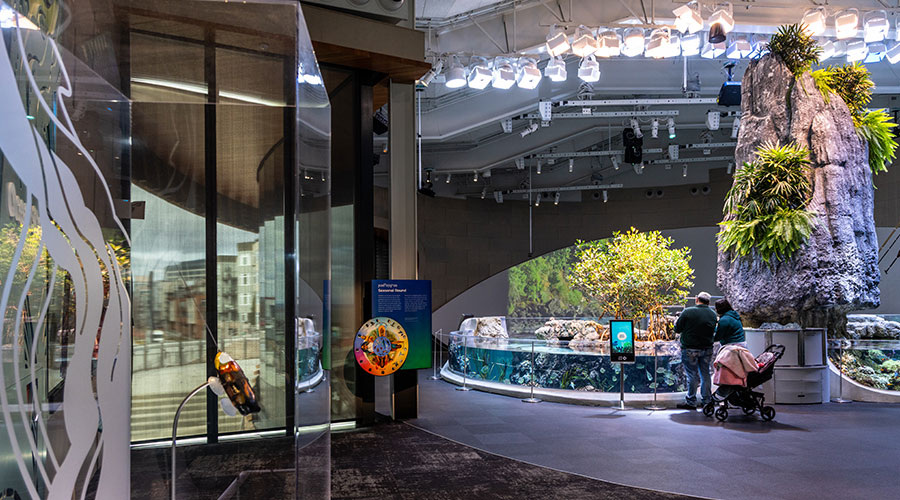Lighting Retrofits Help Facilities Move Beyond T-12 Lamps
If compliant T12 lamps cost more, why stick with them? One reason is to avoid upgrading the system all at once. Managers can implement this simple approach, but it leaves significant energy savings and incentives on the table and does not address lighting quality.
For this reason, the National Electrical Manufacturers Association's (NEMA) enLIGHTen America program, which is designed to educate the public about ways to improve lighting energy efficiency, recommends going beyond T12 lamps and ballasts and, instead, adopting T8, T5, or new LED lighting solutions.
T5 lamps might be suitable for some retrofits through the use of optical inserts, but the main option for retrofits of existing fixtures is converting to T8 lamps and compatible ballasts. This option — particularly profitable in buildings with high energy costs, overlit spaces, and long operating hours — lets managers maximize savings. It also reduces initial costs by taking advantage of incentives, such as utility lighting rebates and the Commercial Buildings Tax Deduction, which expires Dec. 31, 2013.
Consider a recessed troffer-type light fixture that has four 34W T12 lamps powered by two 0.88 ballast factor (BF) energy-saving magnetic ballasts, for a total of 144W. If the space needs roughly the same light output, managers could replace this system with a four-lamp, 32W T8 system powered by one NEMA Premium-rated low-power 0.77 BF electronic ballast, totaling 95W. This retrofit reduces energy use by 34 percent.
Specifiers can use 28W or 30W T8 lamps on a ballast with the same characteristics to achieve 38 percent and 43 percent energy savings, respectively.
Many older buildings are overlit. If it is acceptable to reduce light output, maintenance managers can install four 25W T8 lamps on a NEMA Premium low-power ballast and achieve up to 48 percent energy savings, with an approximate reduction in light levels of 13 percent.
An option is to replace the light fixtures, either in their existing locations or using an entirely new layout. Managers might consider T8, T5, and LED systems in a suspended direct/indirect lighting configuration, using recessed volumetric-distribution fixtures.
Some new, general light fixtures offer opportunities to save even more energy by improving optical efficiency, which is the ability of the fixture to effectively place light where it is needed. Some fixtures also use optics designed to place an even distribution of light high on the walls, which eliminate the gloomy so-called cave effect common with some parabolic-type recessed light fixtures.
Many proven LED fixtures are available, but specifiers should be selective because the technology is relatively new. This caveat is especially true for LED linear replacement lamps. The DOE contends they are not an effective alternative to fluorescent T8 lighting in terms of basic performance. For an overview of the performance of LED fixtures and replacement lamps, specifiers can check out the DOE's CALiPER product-testing program at www1.eere.energy.gov/buildings/ssl/caliper.html.
Related Topics:













